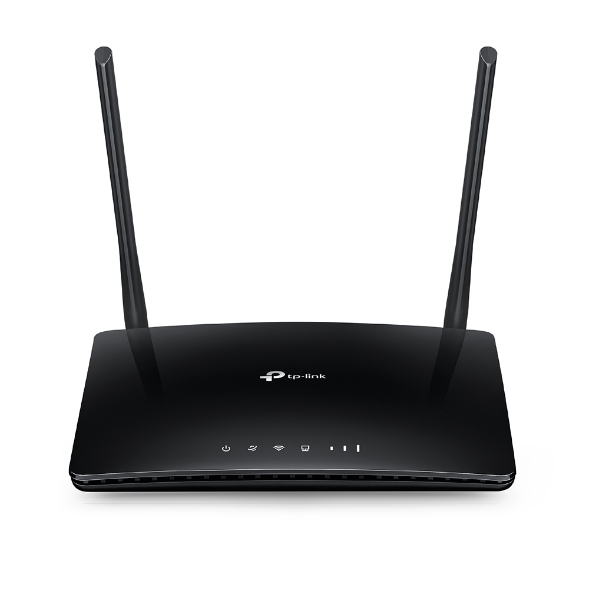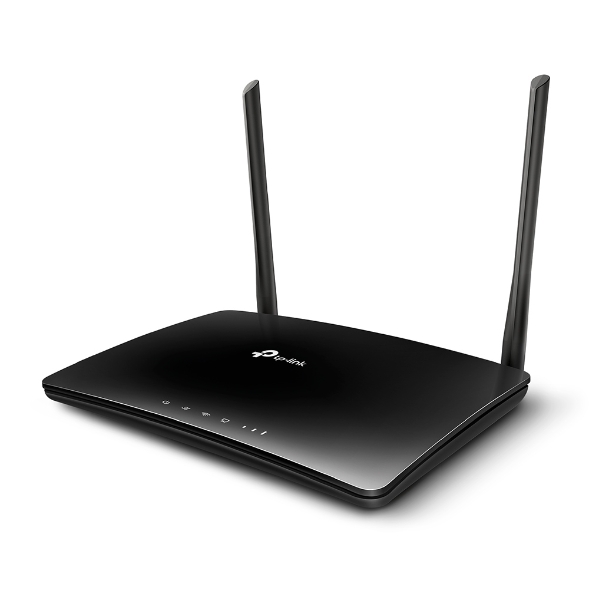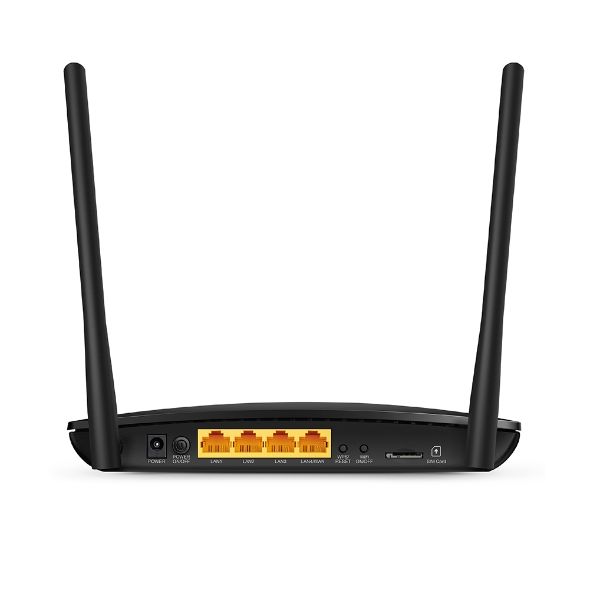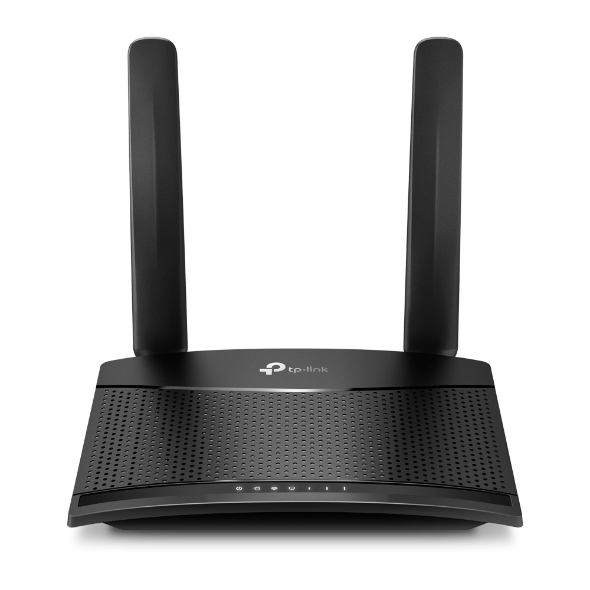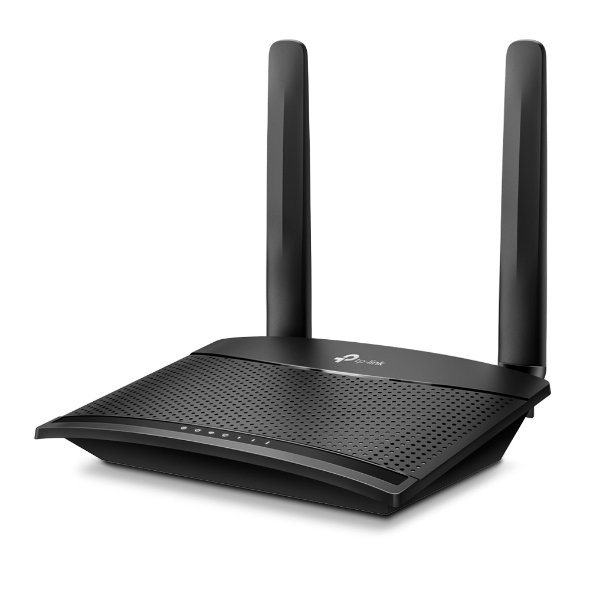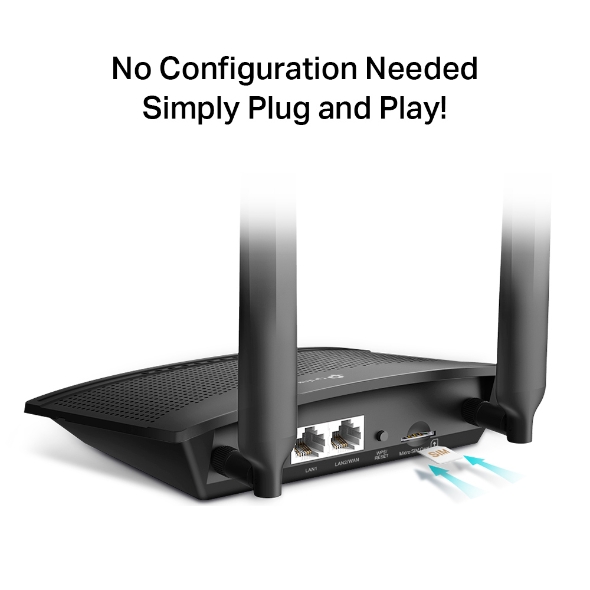-
TL-MR150
300Mbps Wireless N 4G LTE Router
- 4G Cat4 150/50 Mbps
- 300 Mbps
- 4× Fast Ethernet Ports
-
-
Archer MR600
4G+ Cat6 AC1200 Wireless Dual Band Gigabit Router
- 4G+ Cat6 300/50 Mbps
- 867 Mbps + 300 Mbps
- 4× Gigabit Ports
-
-
Archer MR200
AC750 Wireless Dual Band 4G LTE Router
- 4G Cat4 150/50 Mbps
- 433 Mbps + 300 Mbps
- 4× Fast Ethernet Ports
-
-
TL-MR6400
300Mbps Wireless N 4G LTE Router
- 4G Cat4 150/50 Mbps
- 300 Mbps
- 4× Fast Ethernet Ports
-
-
TL-MR100
300 Mbps Wireless N 4G LTE Router
- 4G Cat4 150/50 Mbps
- 300 Mbps
- 2× Fast Ethernet Ports
-
A Comprehensive Guide to the Router
The router is a valuable network device in modern homes and offices. This article comprehensively explains how a router works, what it is used for, the types of routers out in the market, and the criteria for a good router.
What is a router?
A router is a Wi-Fi device that connects two or more individual networks. Moreover, a router controls how data transmission travels and connects networking devices such as desktop computers and printers. The scope of data transmission covers files, messages, and network interactions.
How does it work?
The router works by reading the information of the classes found in the data packet, which contains information such as data source, file content, file size, destination IP, etc. After the router reads the information of the data packet, the router determines the priority and best data transmission path and then sends the data to the specified IP address.
Router vs. Wi-Fi Sharer: What is the Difference?
Most people tend to confuse the router with the Wi-Fi sharer. However, the two differ in functionality between the Wi-Fi sharer and the router. The router sends data and links networking devices together. In contrast, the Wi-Fi sharer is composed of routers and wireless networks, with a function of wireless network sharing.
Router vs. Modem: What is the Difference?
The router connects different networks and then passes the Internet connection over an Ethernet cable or Wi-Fi network to other devices inside the space. Meanwhile, the modem bridges the local network and the Internet, encoding, and decoding data. Moreover, it transmits the network broadband signal from the telephone line to the analog signal.
Types of Routers
- Core router - Service providers and cloud providers use these to cover large ground; Amazon and Google also use them. The word “core” in core router pertains to the router's overall and foundational physical structure. The core router operates in the heart and core of a network. It manages the flow of data packets within the network, and in addition, it connects and relies on lesser routes.
- Edge router - They connect networks or routers at the network's boundary to send the data to the general users. The edge router is a specialized kind of router. Edge routers have two (2) demarcation points. The two demarcation points are the Wider Area Network (WAN), and the internet.
- Distribution router - These routers receive data from edge routers through wired pipes and then distribute the data to specified IP addresses. Distribution routers unite connections amassed from access routers. They usually possess topological information about their own region and forward data packets towards a backbone router. The reason for forwarding data packets to backbone routers is because of inter-region routing.
- Wireless router - Wireless routers combine the function of both edge and distribution routers.
- Virtual router - Virtual routers have high elasticity, low cost, and reduce the management of network hardware equipment.
Criteria for a Good Router
- Connectivity Function - Remember that a good router needs to have a strong connectivity function.
- Coverage - A reliable router needs to cover more than one room.
- Carrier Scheme - Your network hole must cover more than 100m advanced routers. This will optimize network performance.
- Number of Antennas - The more antennas you have, the better and stronger your signal will be.
- Strong bandwidth - The more Internet users there are, the more bandwidth you need. Evaluate how many people will use your connection.
- Wireless network standard - Ensure your Wi-Fi is updated to the latest technology. The more updated it is, the better quality it will be.
- Security - A guest network can protect your files and data, thus preventing data leakage. In addition, some routers can control child-friendly keywords and use WPA passwords to ensure overall security.

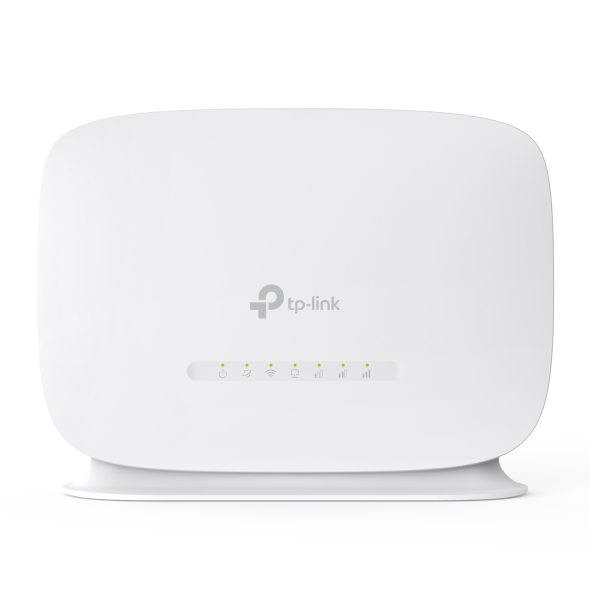
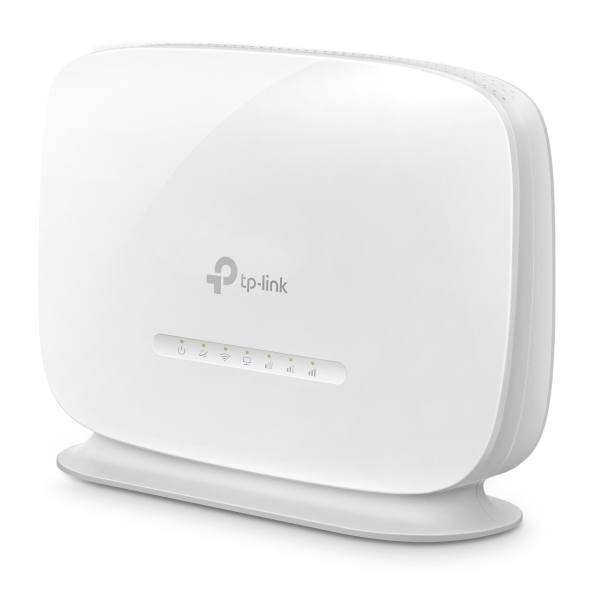
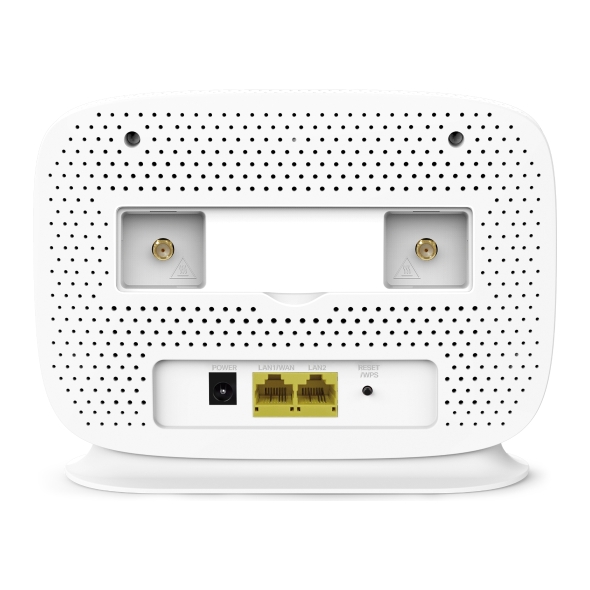





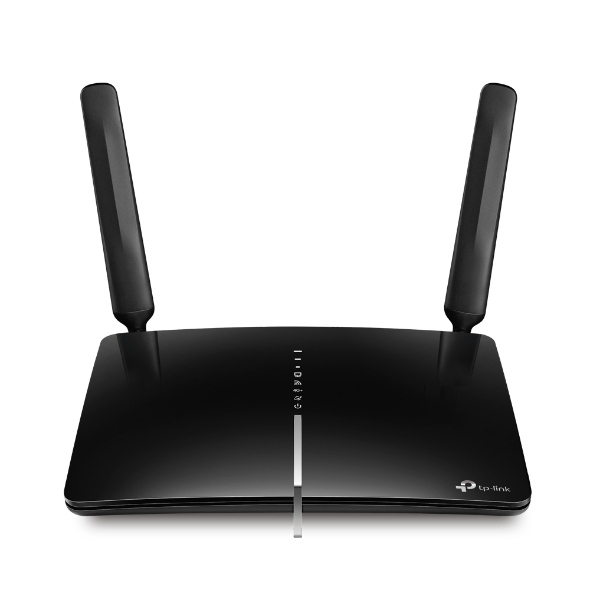
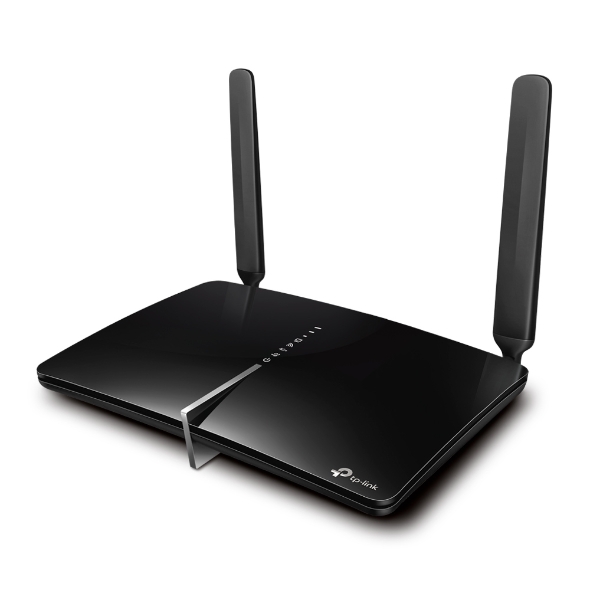
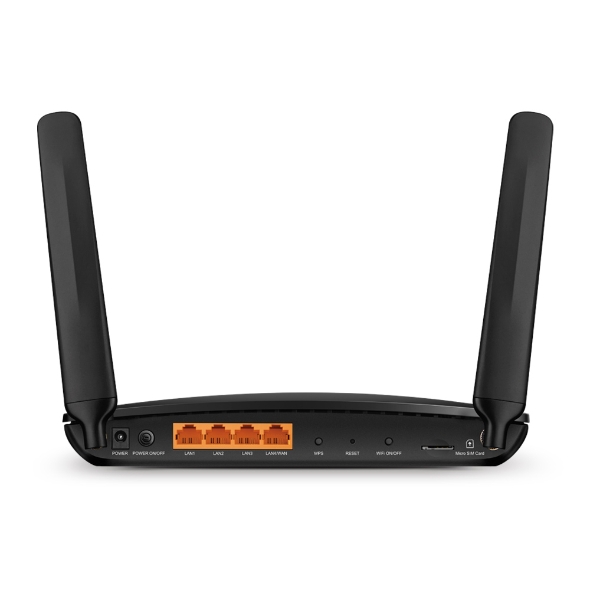

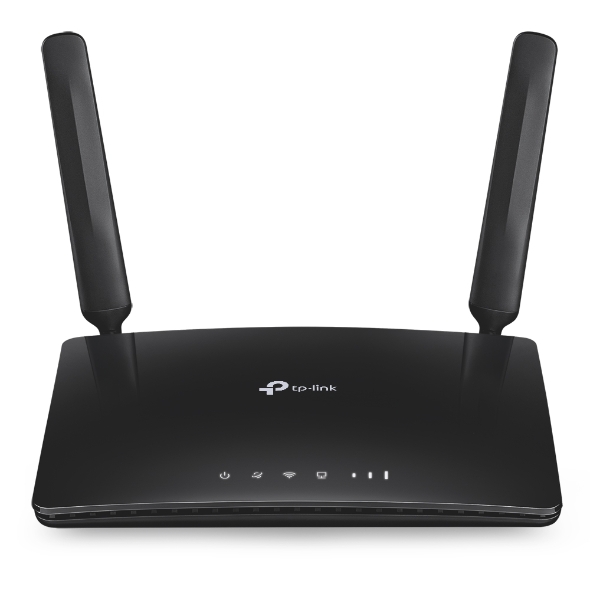
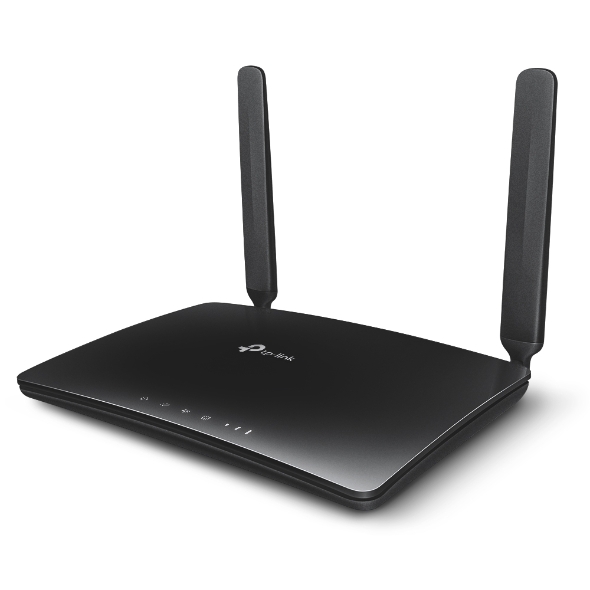
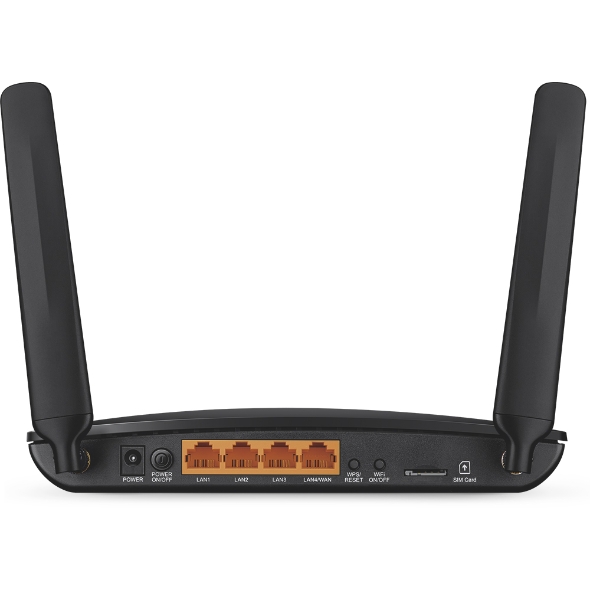
-3.0_1527668493681s.jpg)
